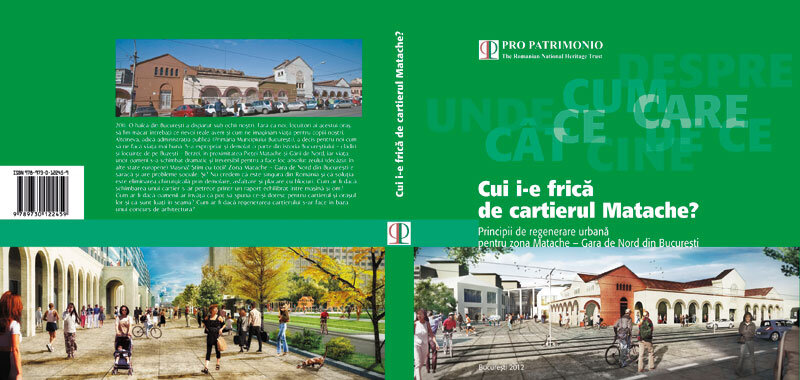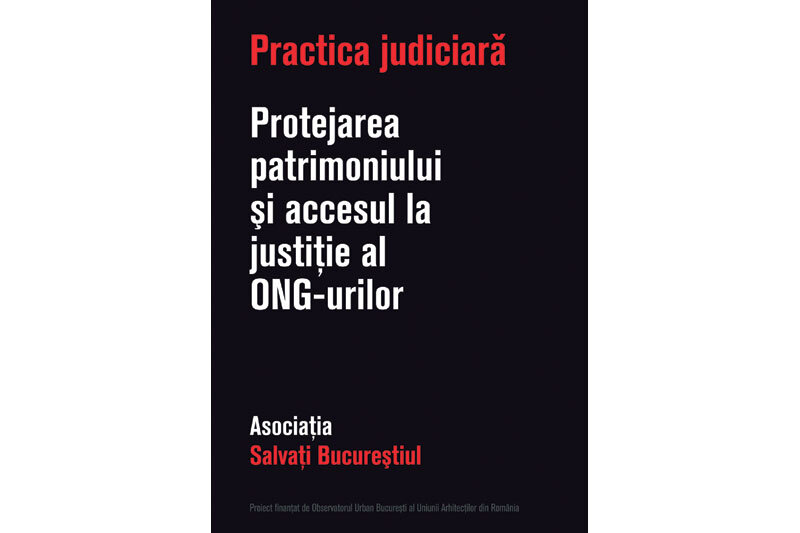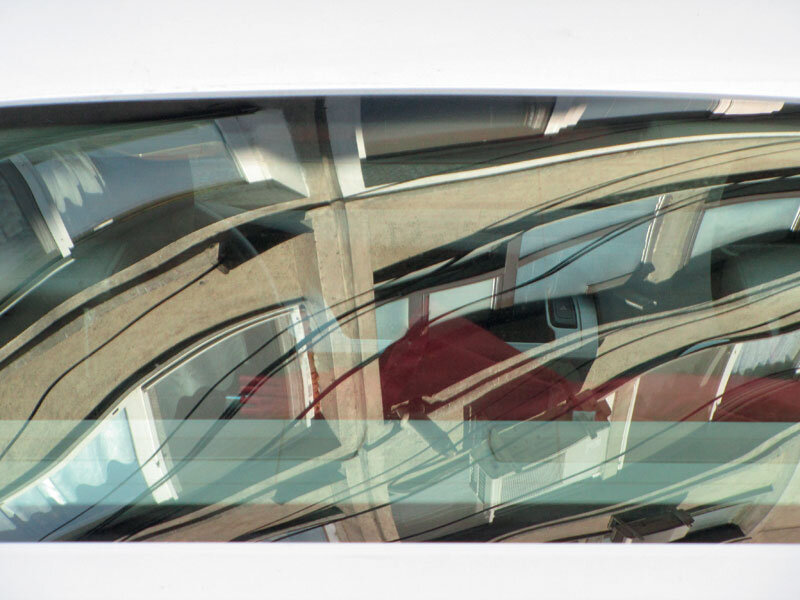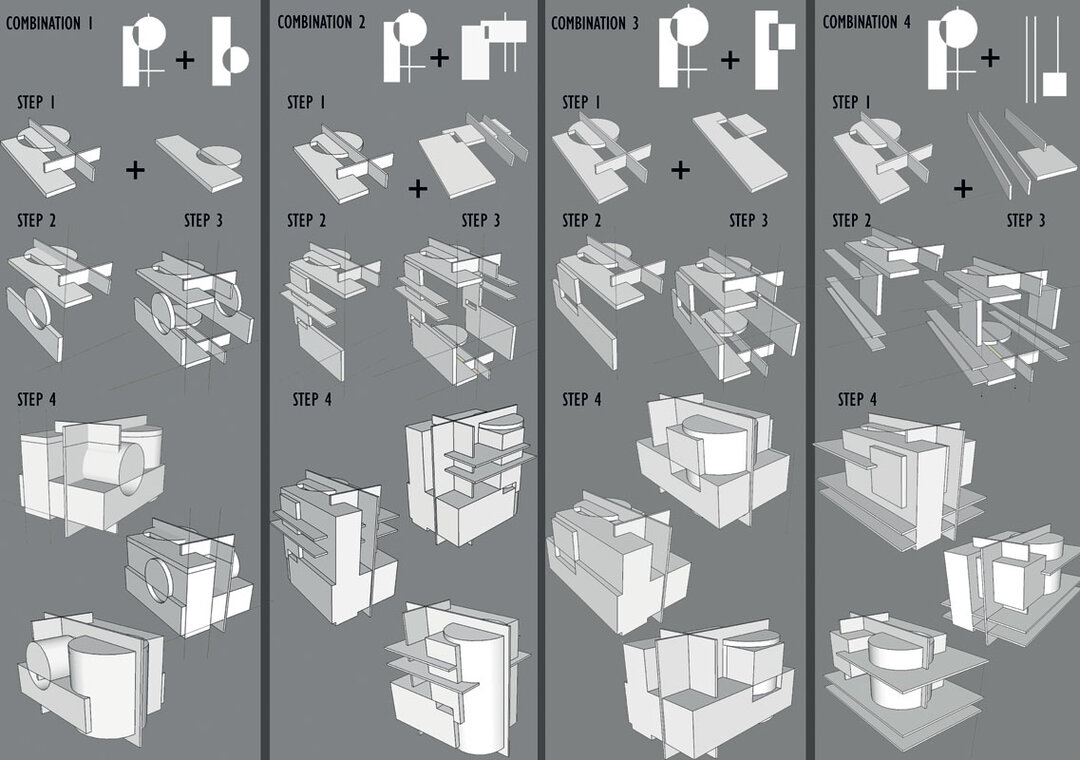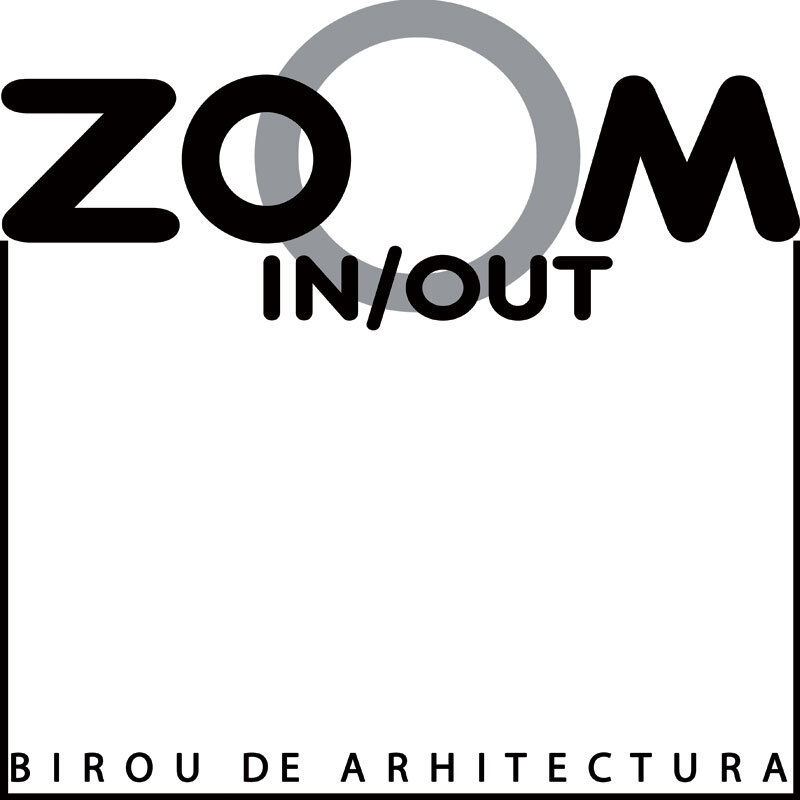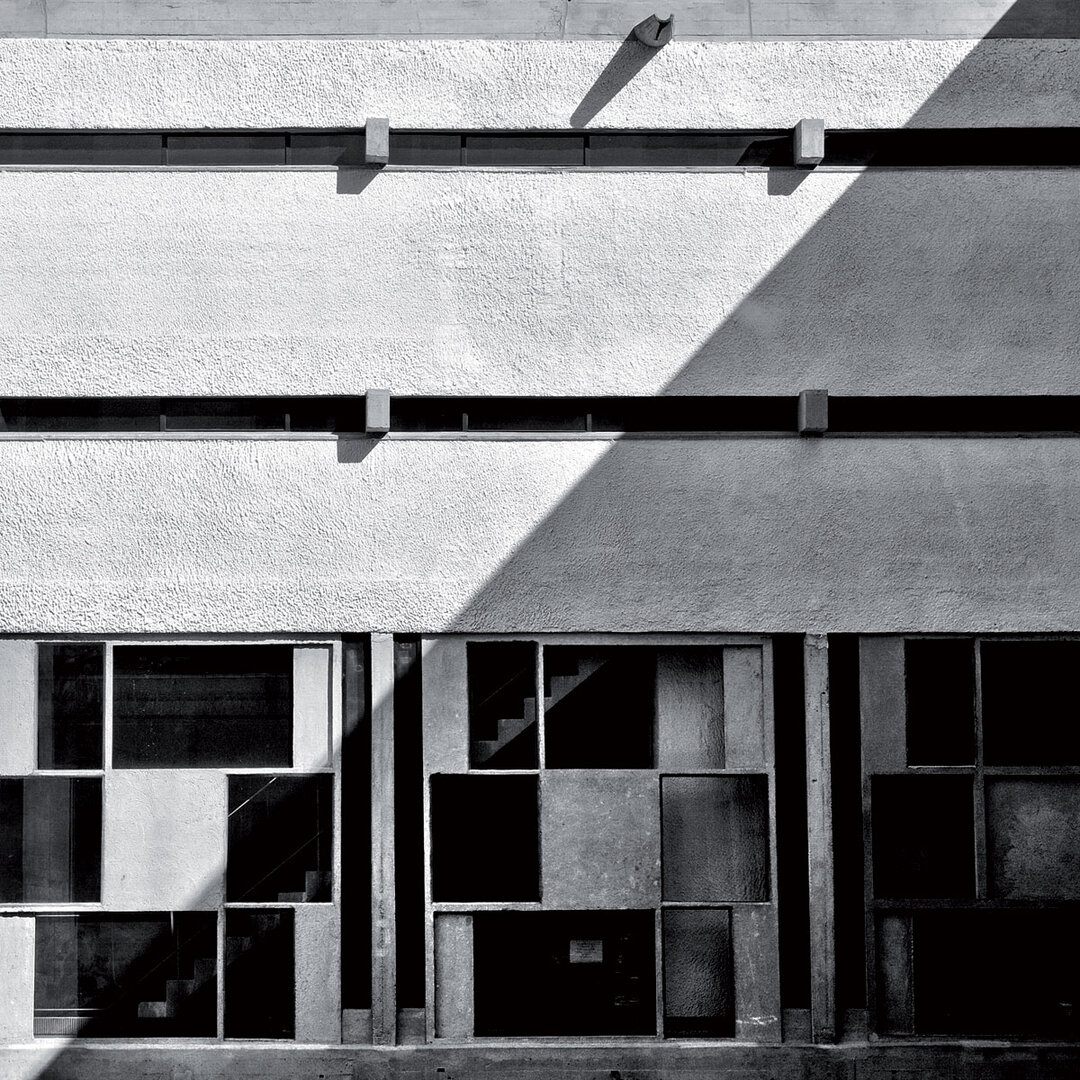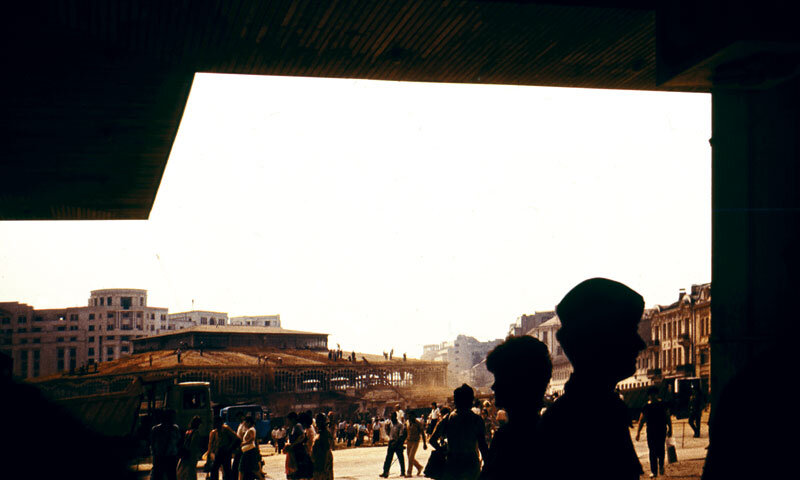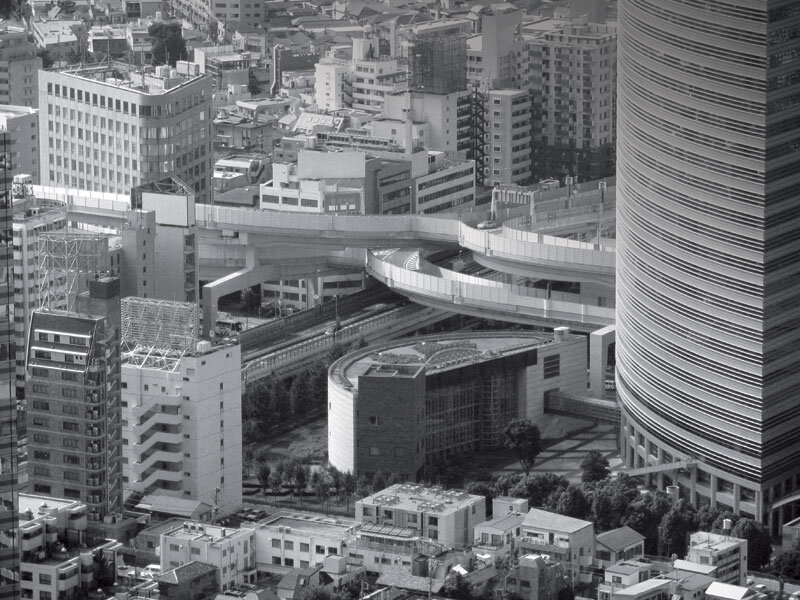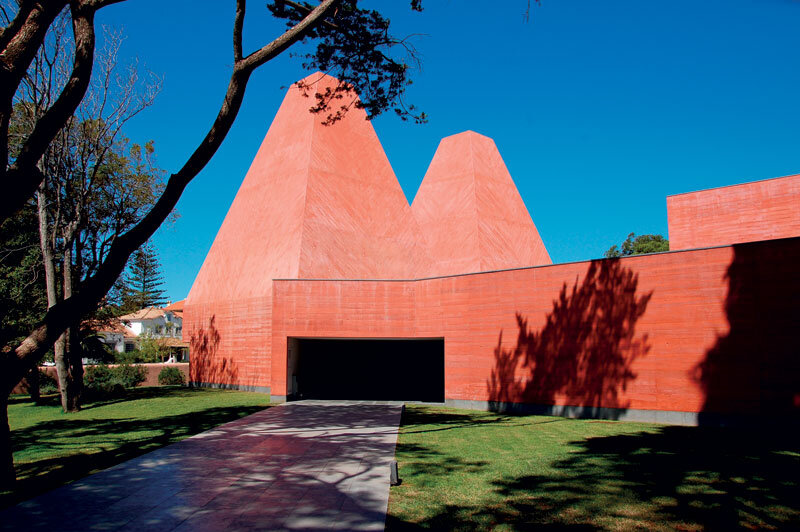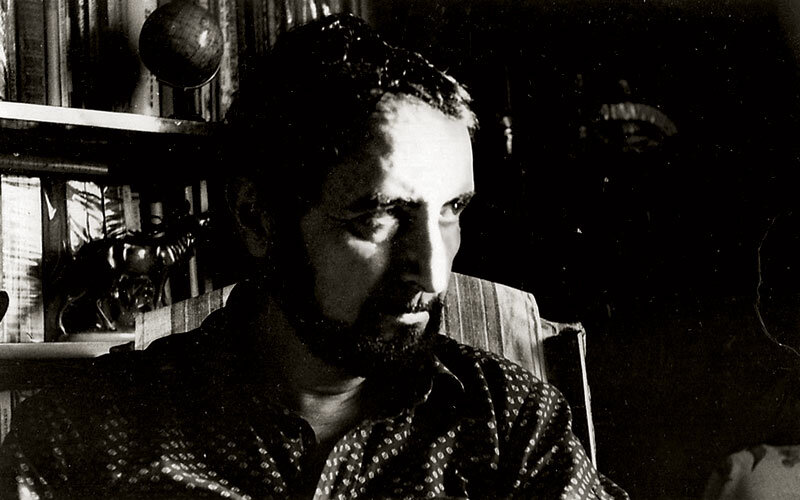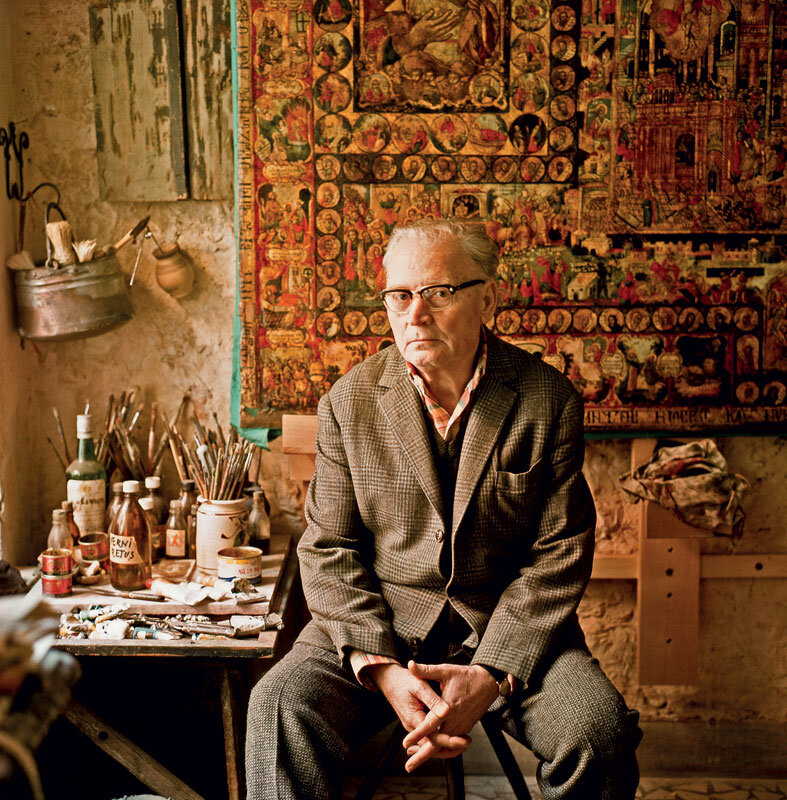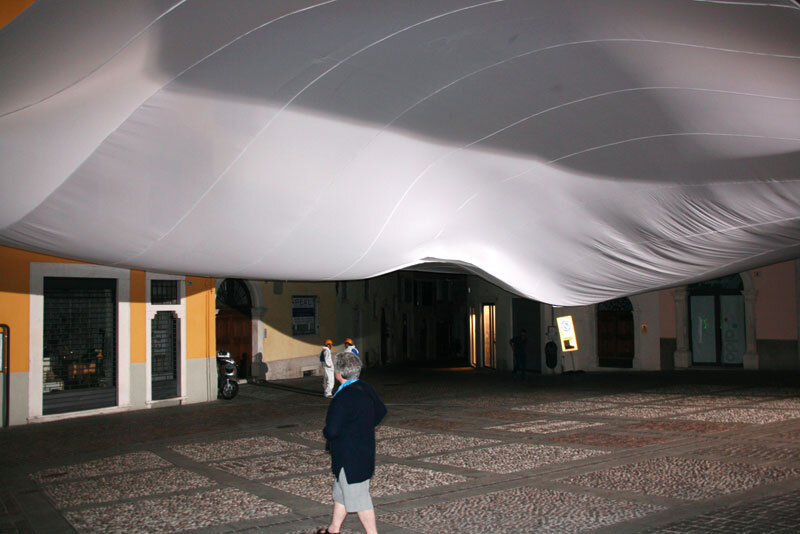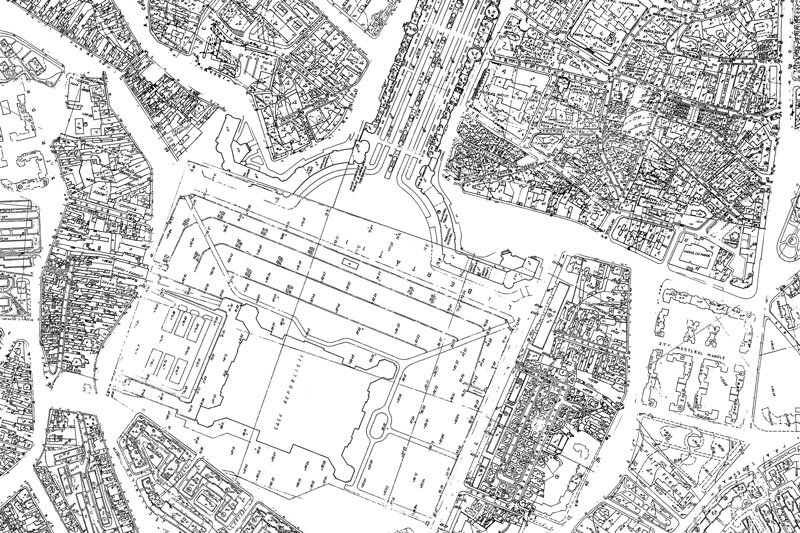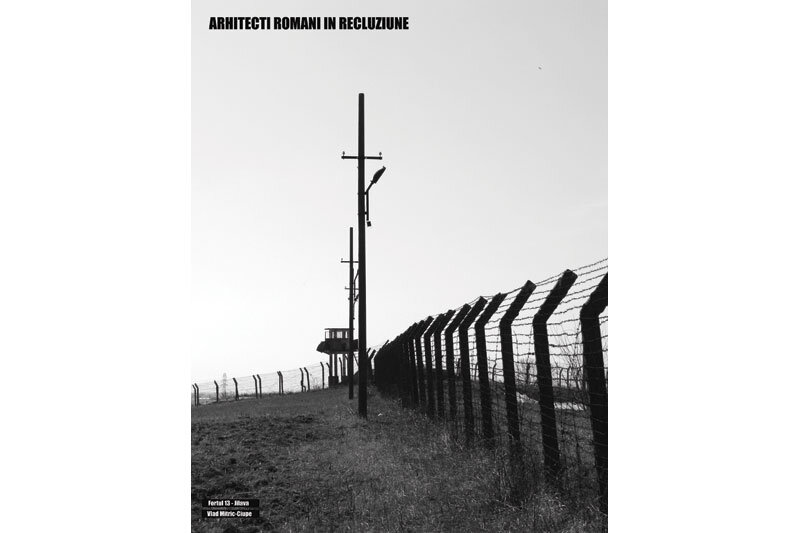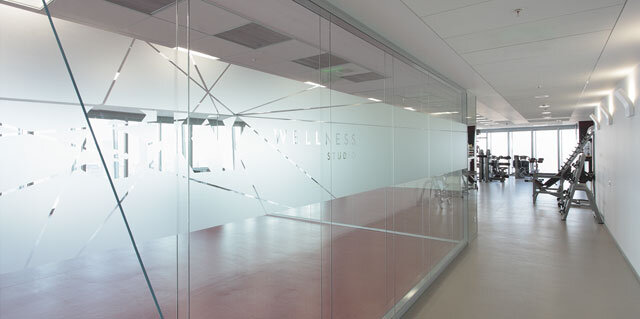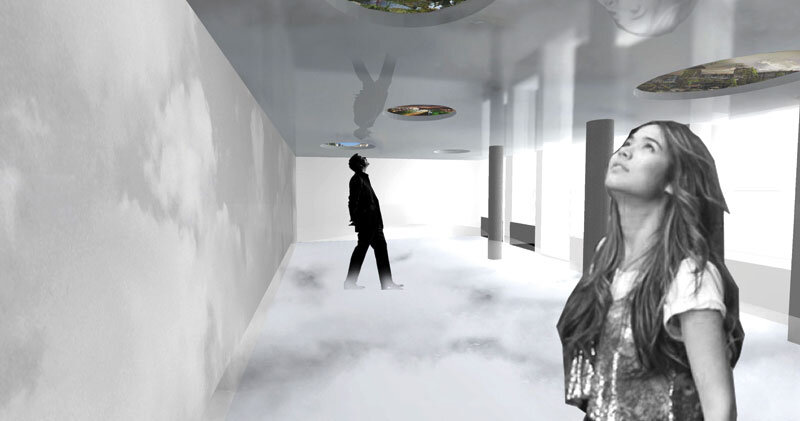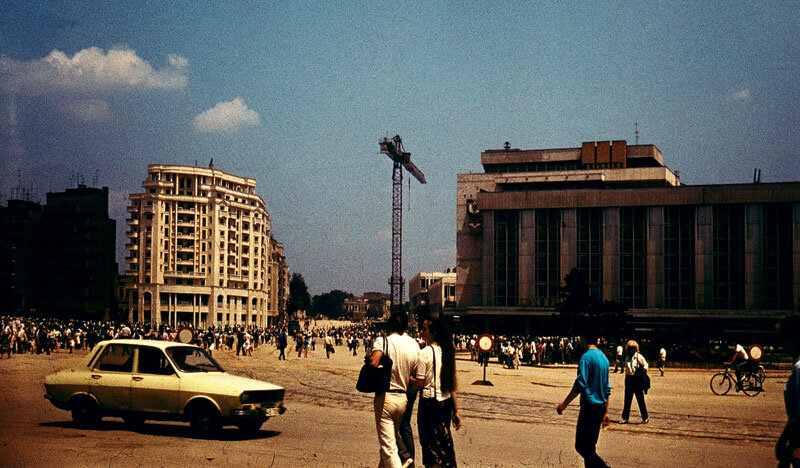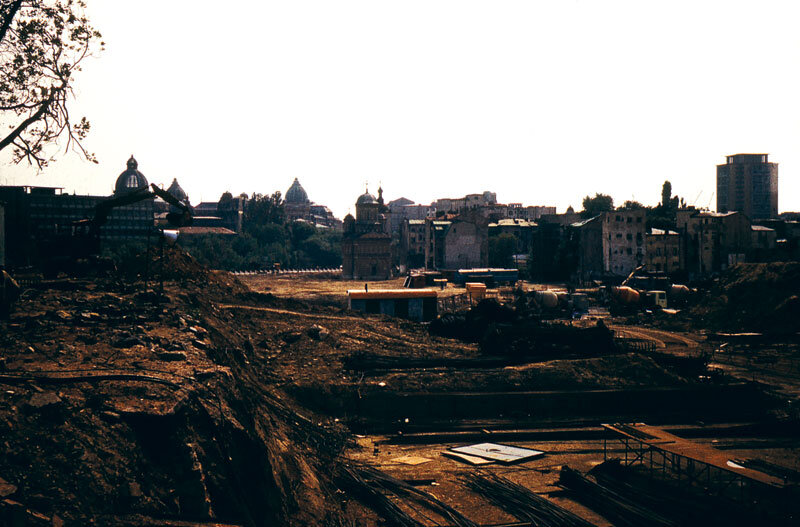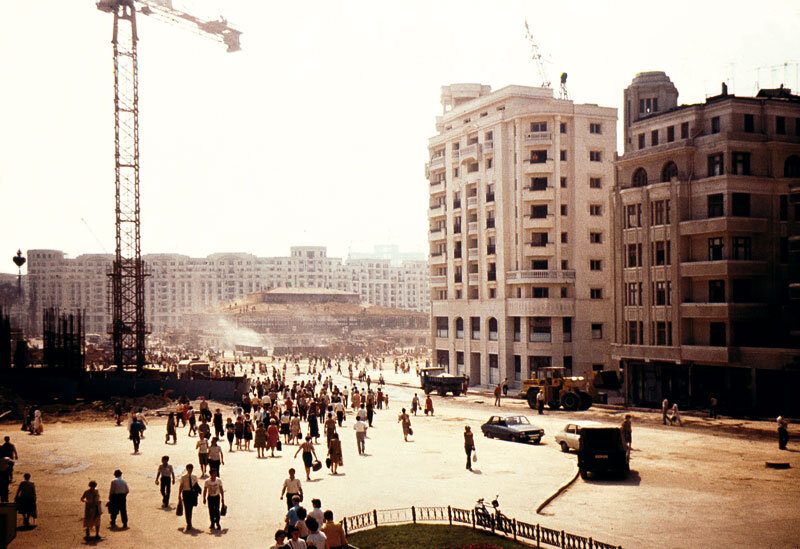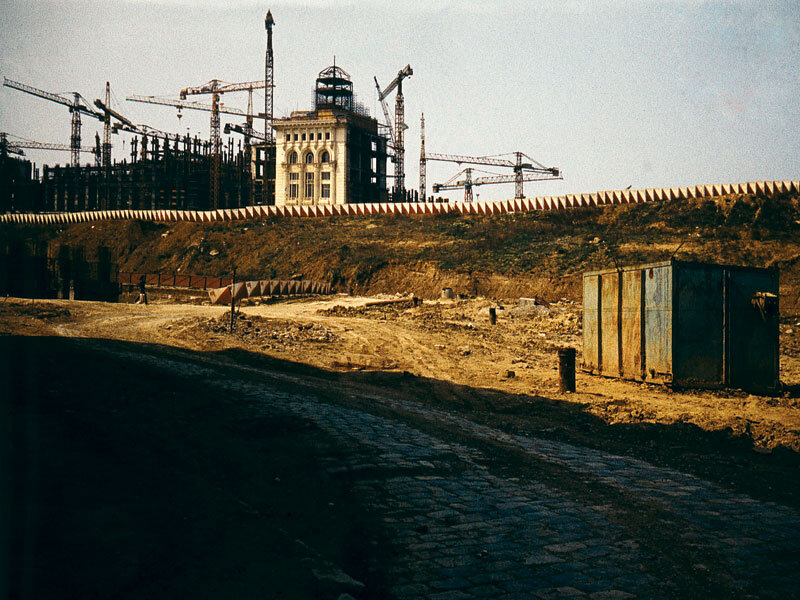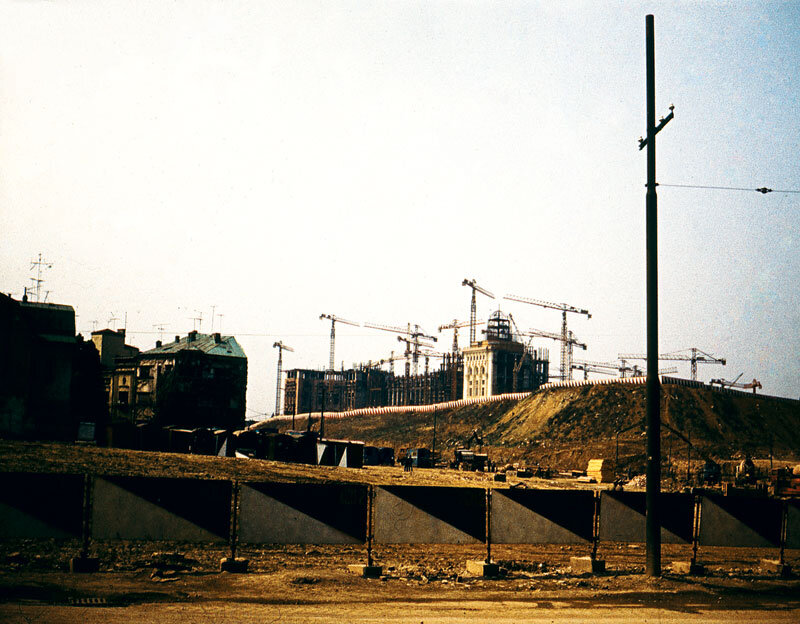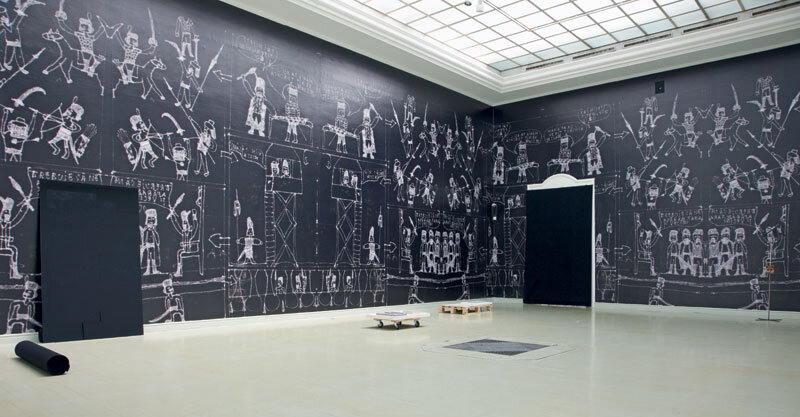
26 years ago... Union Square
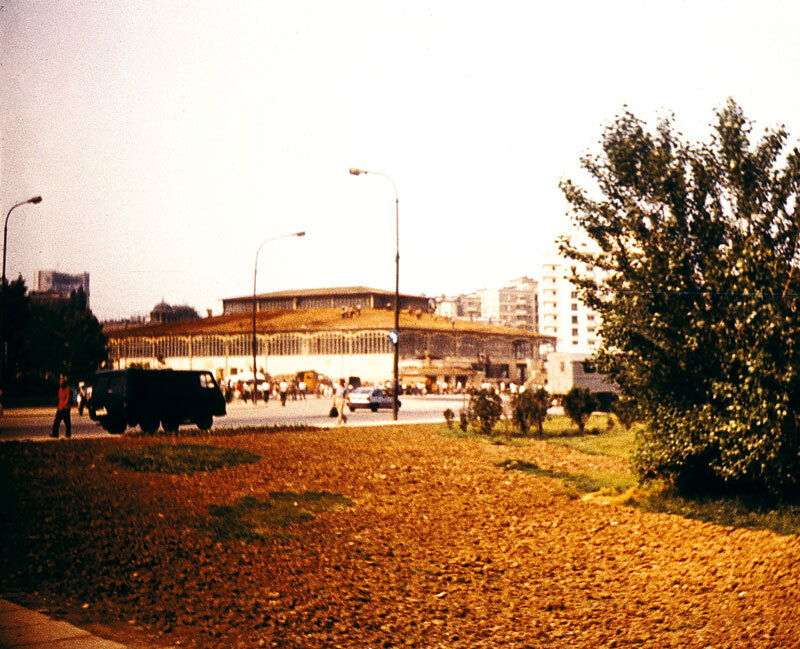

Unirii Square was and still is a central point of life in Bucharest. Once a beautiful collection of buildings of undeniable artistic value, the square had the misfortune of being in the way of the systematization plans designed to satisfy the grandiosity of the dictatorial couple.
In 1986, I spent my May 1st "working vacation" in Bucharest. I had graduated from the "Ion Mincu" Institute of Architecture and Urban Planning in 1985 and was doing my first year of internship at the County Design Center in Buzău, where I was assigned with my husband. The Chernobyl disaster had just occurred on April 26. In Bucharest, however, another kind of disaster was continuing: the demolition of the architectural monuments in the center of the capital to make way for the People's House and the great Boulevard Victory of Socialism.
I used to commute to Buzău every week, and in Bucharest I lived on Ienăchiță Văcărescu Street. The transformations in that area of the city, which began in 1983, were familiar to me and, at the same time, they aroused certain emotions in me, because I grew up in the Uranus neighborhood, on Jupiter Street. It connected the streets Arhitect Alexandru Orăscu and Puțul cu apă cold. I studied at the Elementary School No. 124, located at the intersection of Uranus and Mihai Voda Streets, between the State Archives and the Mihai Voda Monastery. The entire neighborhood, along with the neighboring Izvor neighborhood, had already been demolished in 1983.
Thus, although the construction of the People's House had begun three years before, to my great surprise, I saw, in the forest of scaffolding and cranes that had replaced the cozy houses of 2-3 floors maximum, built in the interwar period or even earlier, a white spot representing a 1:1 scale model of part of the facade of the future second building in the world, after the Pentagon. I couldn't contain my curiosity and wonder, so the next day I took my camera to immortalize the "wonder". This was the first visible manifestation of the People's House. Such demonstrations would be repeated again and again until December 1989.
On May 1, 1986, the "Sfântul Ioan Nou" Church, the Hala Unirii and the Unirea Shop could still be seen in Union Square, with their original aluminum and glass facades, as they had been built 10 years earlier, according to the plans of architect Gheorghe Leahu. Also in the immediate vicinity of the square, on Calea Călărașilor, there were still the "Sf. Vineri" Church and the Năsturel Herescu settlements, which were to be demolished in 1987.
In the summer of the same year, Union Square was to take on a new appearance. The changes came about in three ways.
First, the "St. John the New" Church was moved 23 meters and deprived of a direct view of the square, after the block of flats was erected on the corner opposite the Unirea Shop. Secondly, its facades were altered to fit into the group of blocks bordering the square itself, Splaiul Unirii and the future grand boulevard, which was to start from Casa Poporului, cross Unirii Square and continue towards Muncii Square.
Thirdly, in cases where the relocation or alteration could not be carried out or was inefficient, the communist authorities nonchalantly embraced the demolition process, as was the case in 1985 with the Brancovan Hospital, a valuable monument of Brancovan architecture.
The saddest moment of these transformations was undoubtedly the demolition of the Union Hall. This was the last building to be demolished in the square and, by implication, the one that most resisted the dictator's whims. The building had been built in 1872 on the Great Square, as the current Union Square was then called. Demolition took place gradually, during the summer of 1986. Initially, the sheeting was removed from the roof. Later, the metal structure was dismantled. Throughout this period, the hall lived like a silent witness to the past, with the new blocks of flats rising menacingly around the square, until one day it disappeared. The area was cleared to make way for the systematization works desired by the regime. In order to replace the old hall, a new agri-food hall was built on Calea Călărași, just before it was demolished.
In parallel with the demolition of the hall, in its neighborhood, cranes were being installed in order to carry out the extension works with two new wings, Splai and Călărași, and to modify the facades of the Unirea Store in accordance with the architecture of the blocks of flats built in the area.
The images, which capture the gradual alterations to the buildings in the square from May to September 1986, were taken on color slide film and are part of my personal collection.
Photos: Mariana Croitoru

